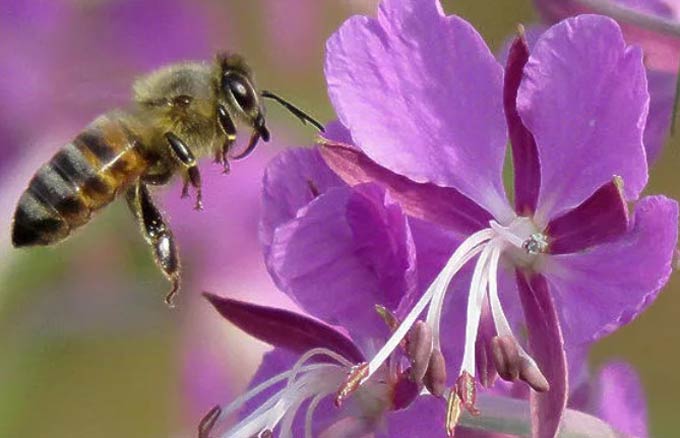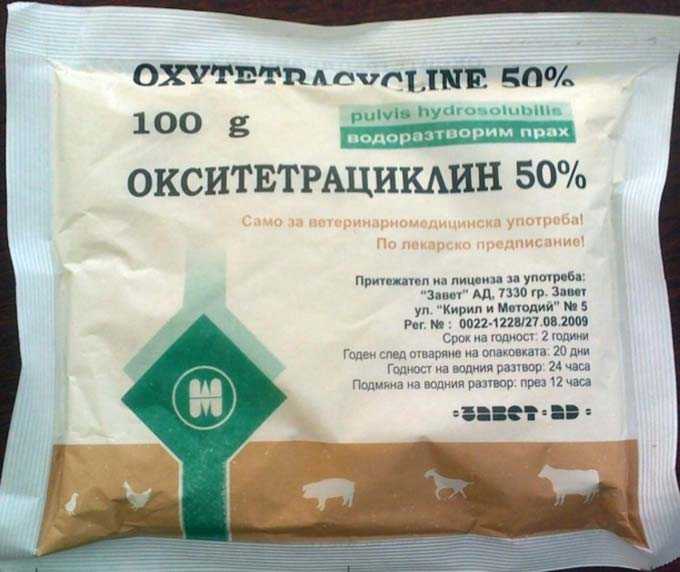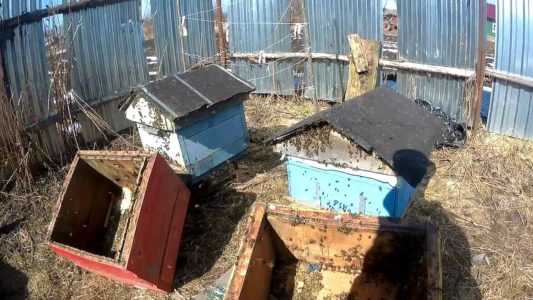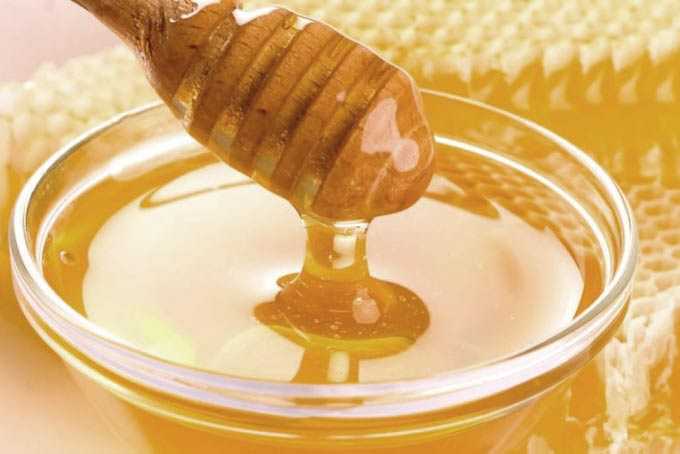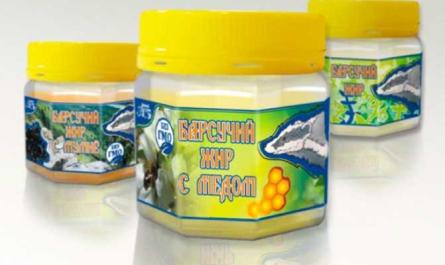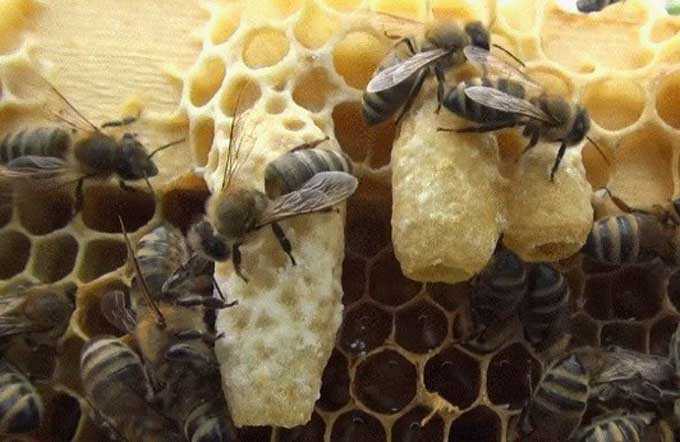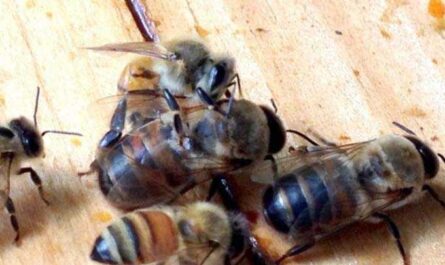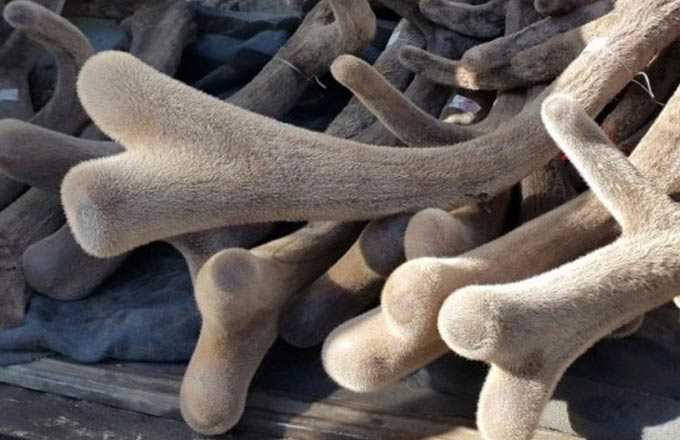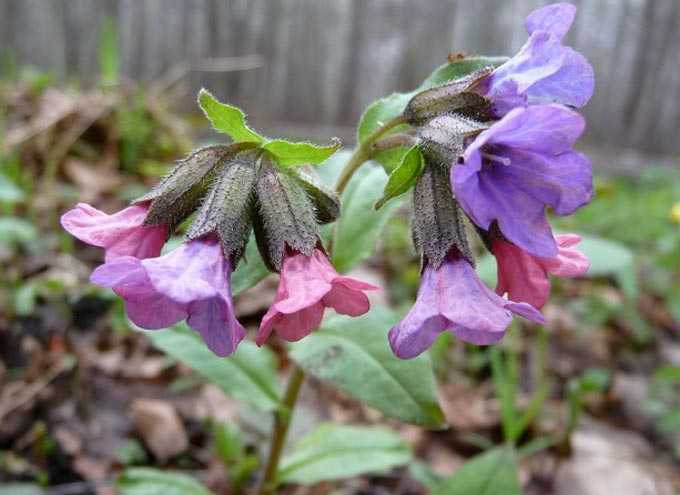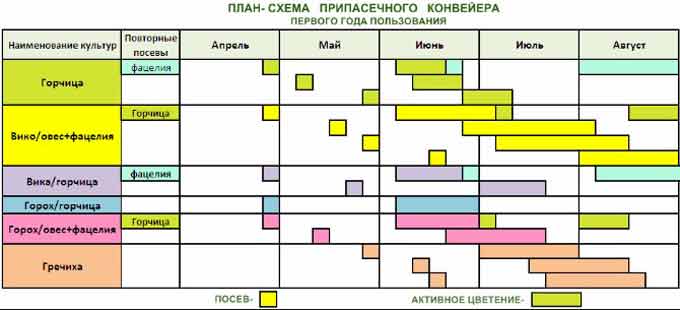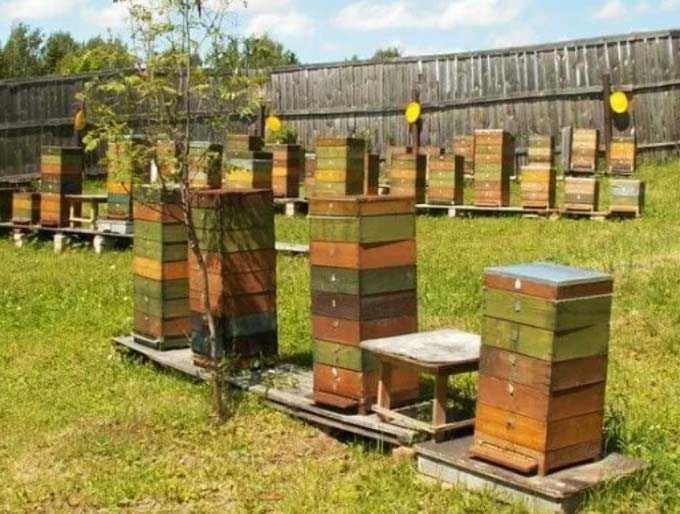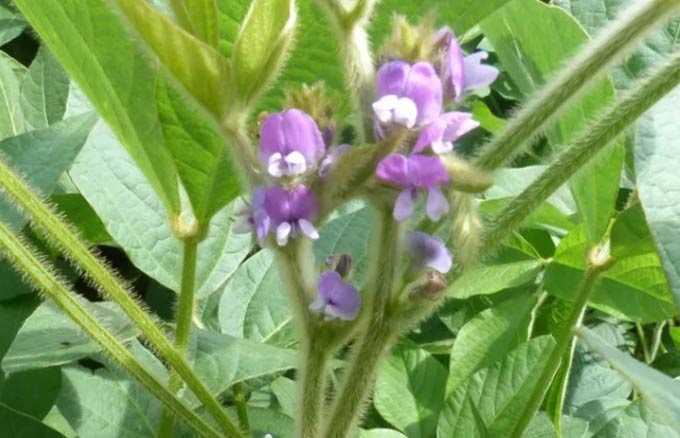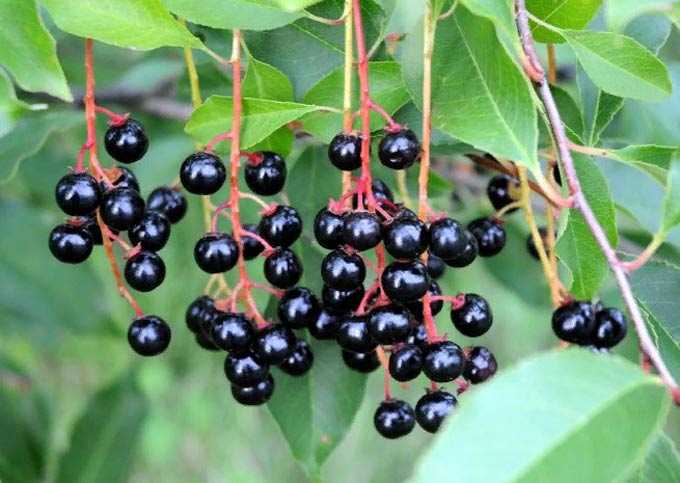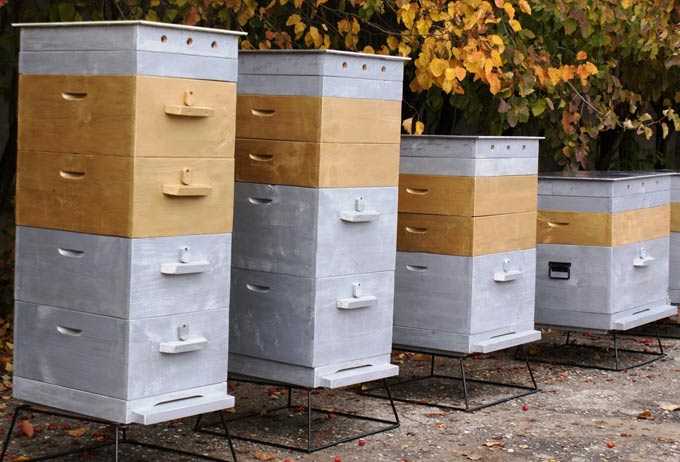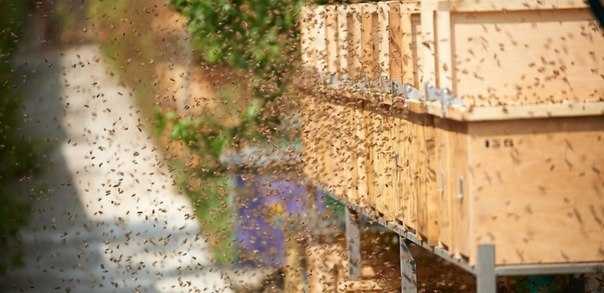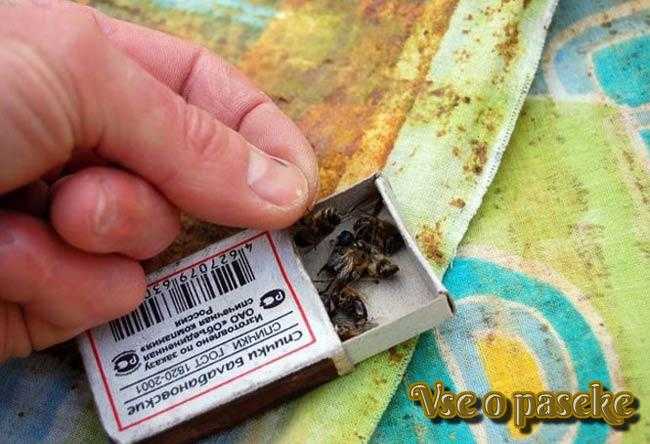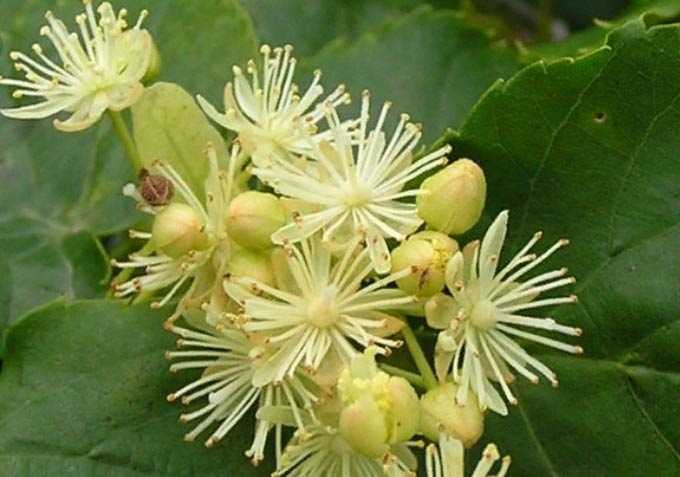The honey plant Ivan-tea is one of the representatives of the fireweed family, which provides a good collection of pollen and honey in the forest zone. This perennial herb blooms in July along with other melliferous plants on the territory of Russia, which are important for obtaining marketable honey.
The content of the article
- 1 Distribution and types
- 1.1 Narrow-leaved (ivan-tea)
- 1.2 Swamp green
- 1.3 Mountain
- 1.4 Hairy (hairy)
- 2 Agrotechnics
- 3 Honey productivity
- 4 Useful Properties
Distribution and types
Ivan tea is known to botanists as narrow-leaved fireweed. The plant is an excellent honey plant along with other members of its family.
The largest thickets of wild grass are found mainly in the Non-Black Earth Region. Here, willow tea grows in abundance in shady and humid places – on peat bogs, forest edges. On burned-out areas, the grass reproduces especially quickly, filling the fertile territory for a period of three to fifteen years, until it is replaced by more aggressive wild plants such as wild raspberries or meadowsweet.
The narrow-leaved fireweed is of the greatest importance for apiaries. From its thickets, bee colonies bring from 10 to 14-15 kilograms of marketable honey per day, as well as a sufficient amount of pollen. It is specially planted in the near-zone territories.
Other types of fireweed that are valuable in terms of honey collection:
- marshy;
- mountain;
- hairy.
Narrow-leaved (ivan-tea)
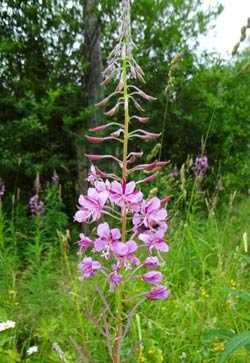
Each flower has four petals of purple-pink or pale pink. Nectar is available to any breed of bees, but it is located in a fleshy ring, protected from direct rainfall.
The first inflorescences bloom in the second year of life, starting at the end of June. Flowering is long – until the end of August, the first decade of September. The nectar stands out as much as possible at the time of blooming, and as the brushes fade, it becomes less.
Swamp green

The grass prefers swampy areas and swampy forest areas. Differs in an erect little branched stem, pubescent in the upper part. The maximum height is up to 80 centimeters.
The leaves are small, opposite to the lanceolate shape. Small, pale pink or whitish flowers are found at the tops of branches and stems.
Mountain

The maximum grass height is 1 meter. The stem is erect, often branched at the base. Leaves are opposite, wide lanceolate. The stem is covered with hairs.
Pink small flowers are grouped in the axils of the upper leaves. The structure of the calyx is bell-shaped.
Hairy (hairy)
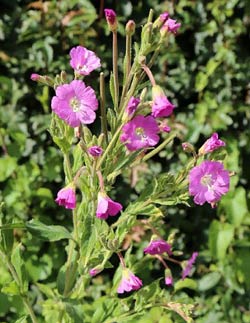
It is distinguished by an erect, highly branched, high stem, covered with abundant hairs. Plant height from 50 cm to 1,5 meters.
Leaves without petioles, opposite, lanceolate with a serrated edge. The flowers are small, purple-pink in color, placed one by one in the axils of the upper leaves.
Agrotechnics
Fireweed honey plant, which is specially planted near apiaries. This is done both by seeds and by offspring obtained from the creeping rhizomes of the plant.
Sufficiently humid areas are selected for planting, it can be rocky (fireweed takes root well on such a complex soil).
The offspring are taken from mother plants and planted in rows.
The second method is seed breeding. For this, seedlings are grown in the spring. One part of crushed peat, humus and fine river sand is taken. The mixture is poured into boxes that are installed on the windowsills.
Seeds are sown over fertilized sandy soil, lightly pressing them against the soil. Alternatively, you can sprinkle with humus on top with a thickness of 0,3-0,5 cm.
At room temperature, seedlings appear on the third day. They are regularly watered until three to four leaves appear. Then they are transplanted into more spacious containers. Landing in open ground is carried out in early spring in cloudy and damp weather.
Honey productivity
The maximum release of nectar is observed in the first half of the day, and the flowering intensity directly depends on the air temperature and soil moisture. Optimum indicators: 50% humidity at +28 degrees Celsius.
The duration of flowering is determined by the terrain and climatic conditions. On average, this is from 60 to 70 days. Intense blooming lasts up to two weeks.
All types of fireweed are unpredictable in terms of honey yield – it may differ depending on the year. Ivan tea is a honey plant, bringing in the harvest season from 300 to 600 kilograms of marketable honey from one hectare of dense plantings. In unfavorable years, the collection of nectar drops to 20 or even 9 kilograms per hectare!
The work of bees on fireweed can be seen by the pale green pollen (pollen) that has appeared in the hives.
The honey pumped out of the honeycomb has a greenish tint, good transparency, pleasant taste and delicate herbaceous aroma. In the process of crystallization, whitish grains are formed, resembling snow in shape and structure. When heated, crystallized honey turns yellow.
Useful Properties
It is difficult to find fireweed honey in monofloral form on the market – in summer other melliferous plants bloom in abundance. The product, which is close in composition to the one-component one, is obtained when the apiaries move.
Fireweed honey is shown in folk medicine:
- for the treatment of the digestive system (has a mild antispasmodic effect);
- as an anti-inflammatory agent for adenoma, inflammation of the ureters;
- to normalize lactation in lactating women;
- as a tonic and anti-cold remedy.
It is recommended to drink herbal tea for the prevention of cancerous tumors. An excellent addition to it in a cooled form will be 1-2 tablespoons of fireweed honey. The only contraindication is individual plant intolerance.
